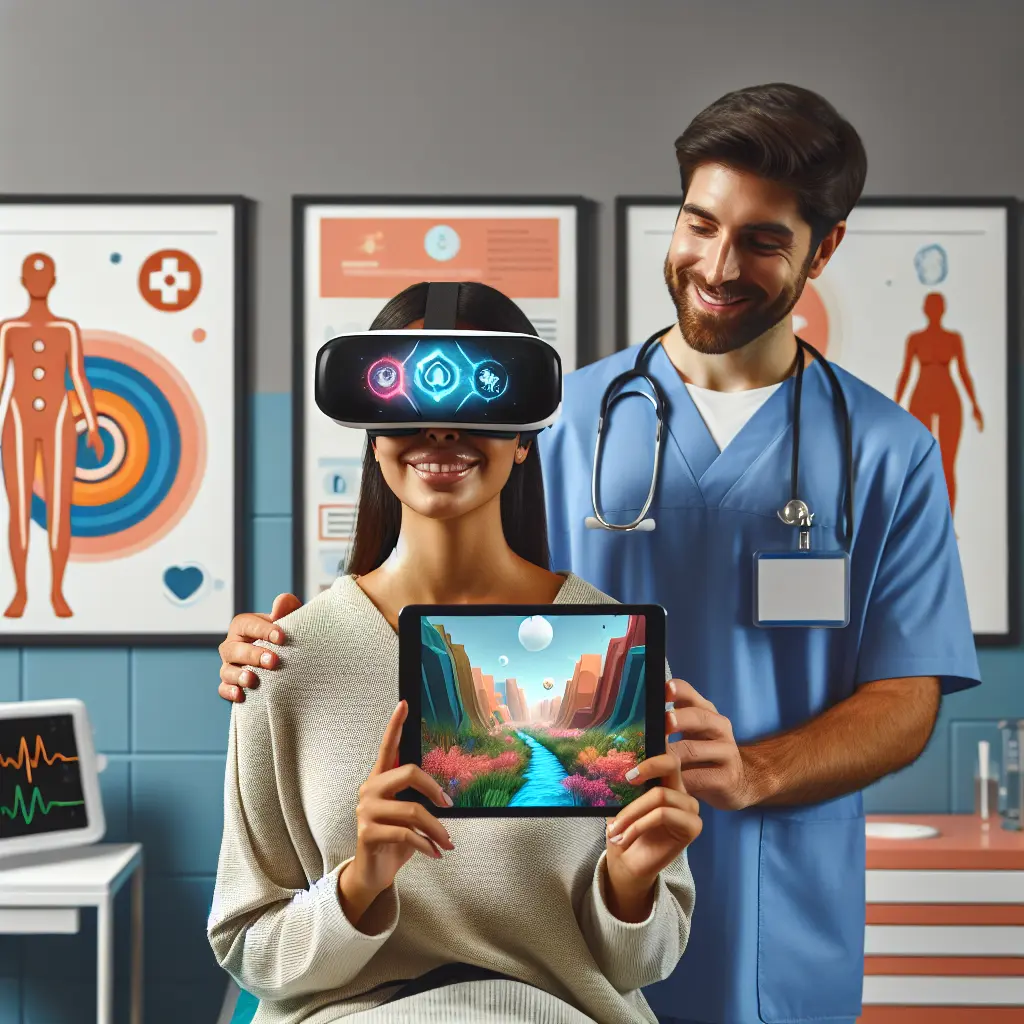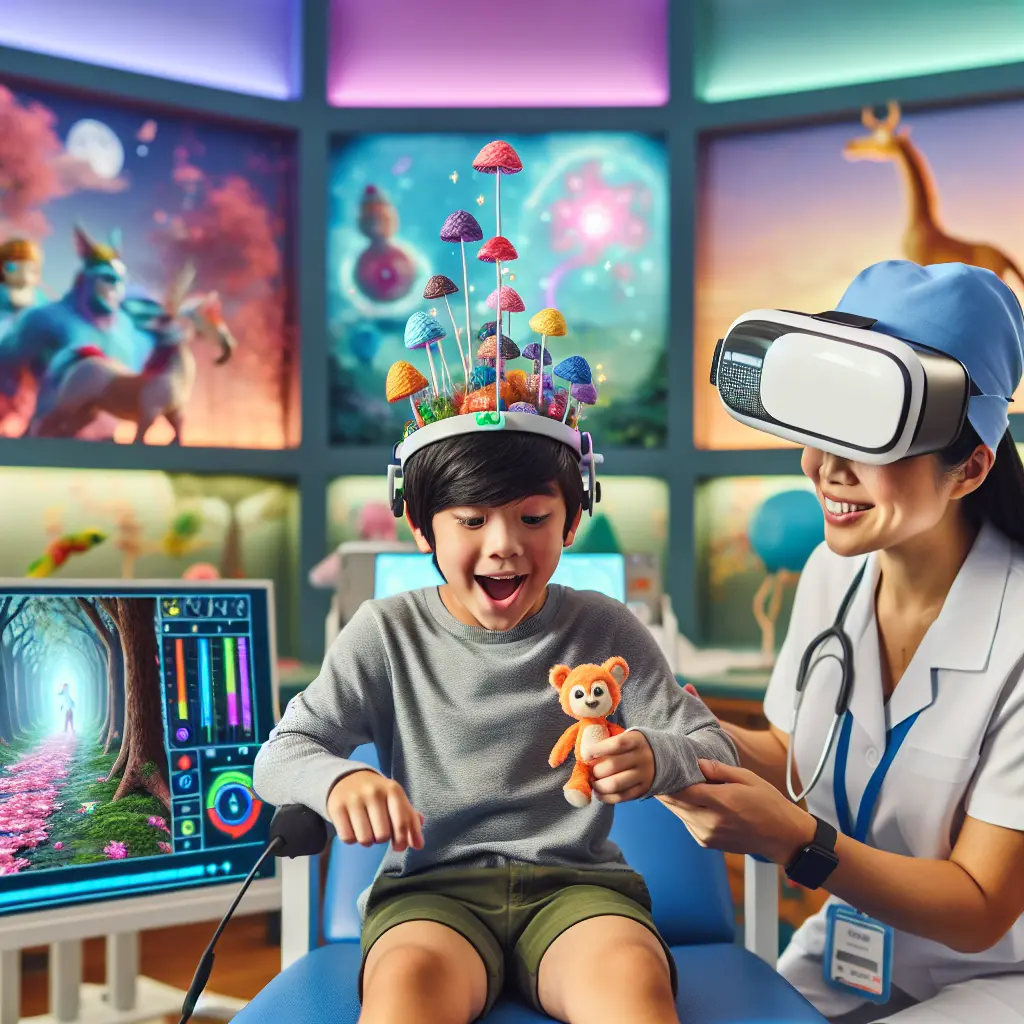Virtual reality is transforming the way patients experience challenging medical treatments, offering comfort and calm where anxiety once reigned.
For many people, medical procedures can be intimidating, especially when they involve needles or long, uncomfortable infusions. Take, for example, a recent story of a 67-year-old Air Force veteran named Stanley Johnson. Having endured his fair share of injections, Stanley faced yet another round of IV infusions to treat his iron deficiency—an experience that filled him with dread.
What changed Stanley's outlook wasn’t a new medication or a different nurse—it was the introduction of Virtual Reality Therapy. This innovative approach is helping to reshape the experience of patients who struggle with anxiety and discomfort during medical treatments.
Virtual Reality Therapy (VRT) uses immersive technology to transport patients away from the clinical environment. With a lightweight headset, users are whisked into soothing digital worlds, where they can explore peaceful landscapes or engage in interactive games. This simple shift in focus can make a world of difference by reducing perceived pain, decreasing anxiety, and improving patient compliance.
Hospitals and clinics are increasingly adopting VR therapy as a tool for patient care. The benefits extend beyond just patient comfort: procedures can become faster, there is often a reduced need for sedation, and patients frequently leave with more positive memories of their care experiences.
How Virtual Reality Therapy Reduces Medical Anxiety
VRT’s ability to distract the brain from pain signals has been supported by studies showing that patients undergoing infusions or injections experience less discomfort when immersed in virtual environments. By focusing attention on interactive games or peaceful settings instead of medical equipment, patients can relax and feel more in control during procedures.
Moreover, when anxiety levels decrease, patients are more likely to comply with necessary treatments. This leads to better health outcomes and helps build trust between patients and their healthcare providers.
The real-world benefits of VRT extend to both patients and providers. Relaxed patients are easier to treat, making procedures more efficient. Additionally, less reliance on sedatives reduces risks associated with medication and speeds up recovery times.
Virtual Reality Therapy isn’t just for those who fear needles. Children undergoing vaccinations or blood draws, cancer patients receiving chemotherapy, individuals managing chronic pain, and veterans like Stanley Johnson all stand to benefit from this technology.
Expanding the Role of Virtual Reality in Medicine
As technology continues to evolve, the applications of virtual reality in healthcare are expected to expand rapidly. VR is on track to become an integral part of patient-centered treatment plans, from physical therapy to mental health support.
To learn more about how VR is making medical treatments more bearable, you can read the original article here: https://slashdot.org/firehose.pl?op=view&id=177239751.
Virtual Reality Therapy is opening new doors to comfort and healing, making even the most daunting treatments less frightening and more humane. With each advancement, patients and caregivers alike can look forward to a future where healthcare feels as good as it heals.
Here’s to a future where care feels as good as it heals.
Stay well—and stay curious.









Leave a Comment